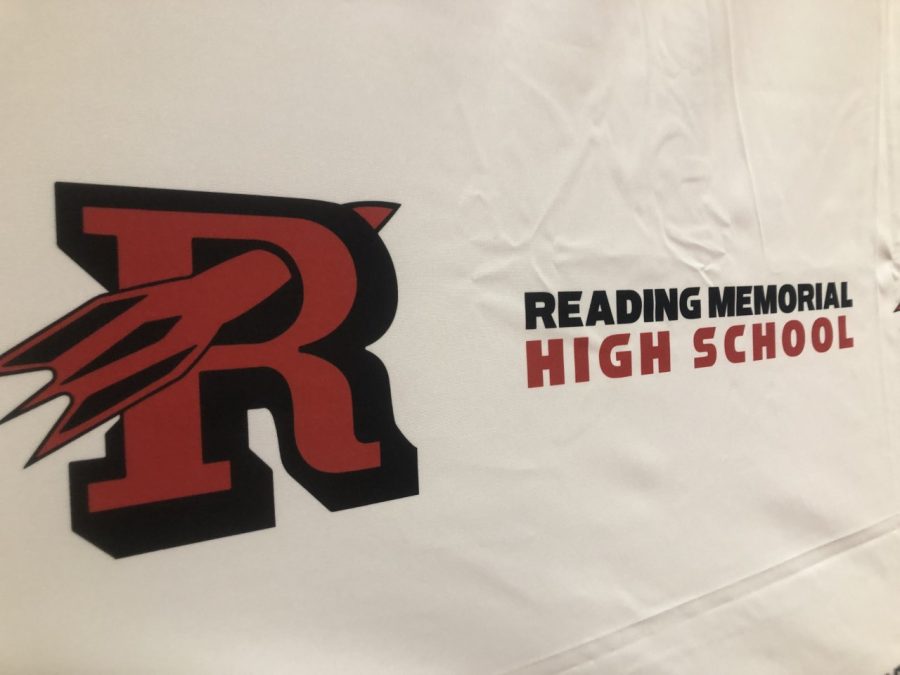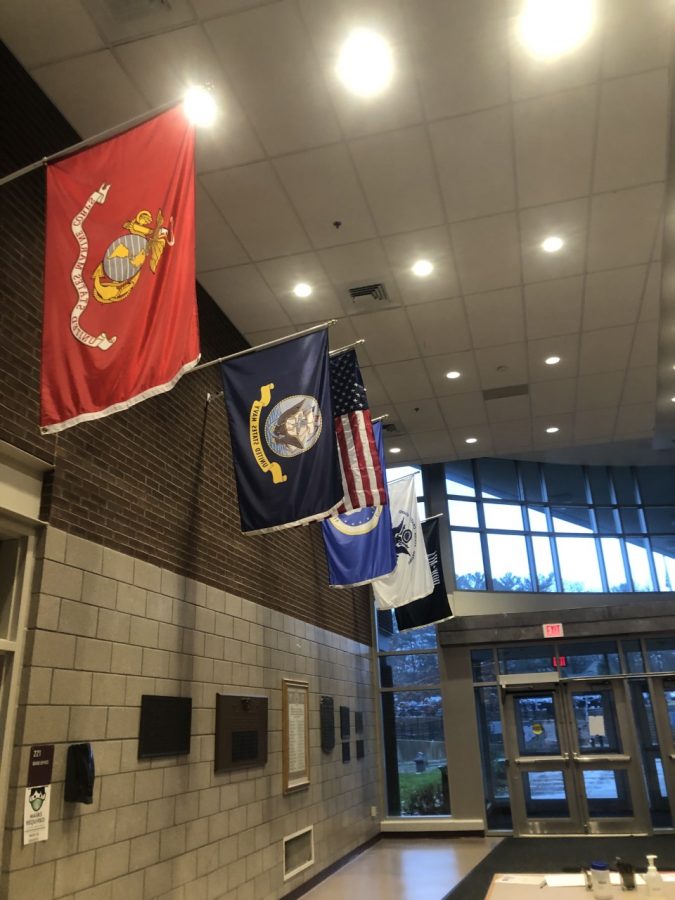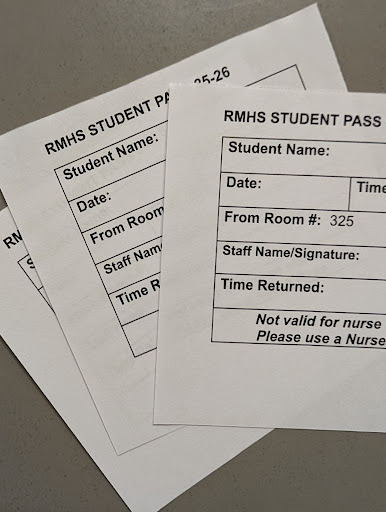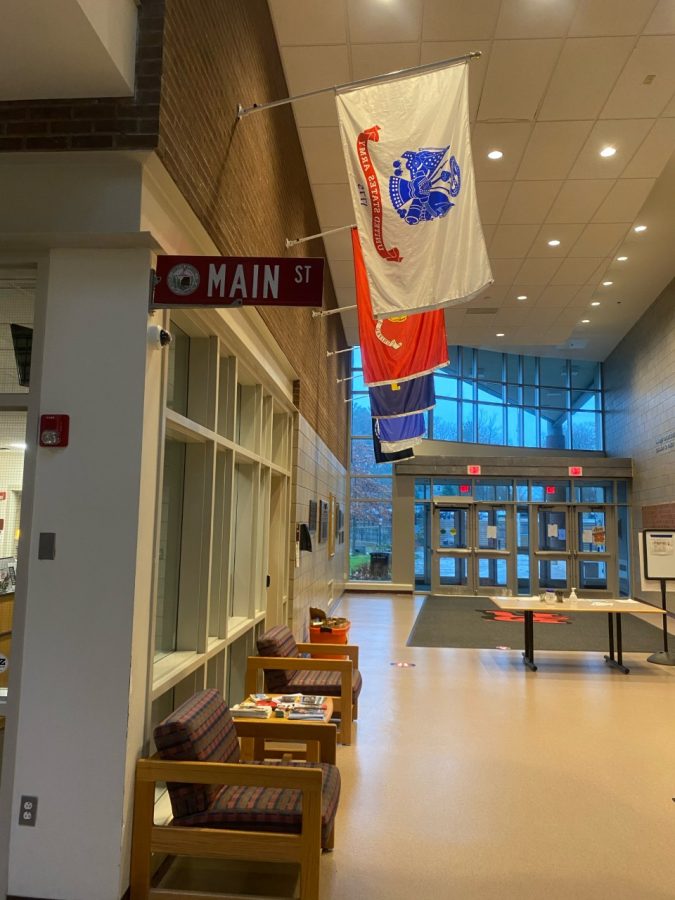
The delay of the FAFSA form has affected the seniors around the country, including those at RMHS, leaving them stressed about making college decisions without information about financial aid.
The FAFSA, or Free Application for Federal Student Aid, is a form that determines how much financial aid, including need-based and need-blind, a student qualifies for. It also determines a student’s eligibility for federal need-based grants, including the Pell Grant and Federal Supplemental Educational Opportunity Grants, which do not have to be repaid. Additional federal aid options from the FAFSA include subsidized (need-based) and unsubsidized (most students qualify) federal student loans, and federal work-study. Additionally, state-based financial aid, (including grants, scholarships, and loans) and school-based financial aid are usually also determined using the FAFSA. Essentially, it will tell every student and their family what they need to pay colleges, and what will be contributed from outside sources. These determinations are typically communicated by Mid-December, but will be released this year in Mid-March.
The FAFSA is a financial document. So what is the significance of the delay? And why was it delayed? The answer lies in the services it provides. The FAFSA provides many students, especially ones with financial need, the loans or grants they need to attend college or at least make their educational experience a bit more affordable. The government website of the FAFSA reports that it was delayed to update and streamline the form for the upcoming years. Because the release of the FAFSA to students was delayed to late December from early October, and the release to colleges was consequently delayed until mid-March, many students have received college acceptances but are unsure or will not make a decision until they receive updated financial aid information.
RMHS students have reported feeling stressed and confused about the delay, as it has left them with college decisions to make and incomplete information to make it with. We spoke with several seniors about their experiences. Henry Myatt (‘24) reports, “There’s a lot of schools that I’m looking at right now that I’m really excited about, but not having the FAFSA there to guide us on our decision means that we don’t know how much we’re going to end up paying, and that puts stress on when our decision is made.” Additionally, Raymond Borawski (‘24) expressed wishes for “having better communication, having a bit more transparency and doing a bit more to ensure that students are comfortable, and that they’re able to be better equipped to figure out their futures.” On the same note, Amanda Samways (‘24) said “I just don’t get why they had to release it late this year, because if they wanted to rework it, they should have just pushed it back another year.” Overall, seniors have reported feeling thrown off overall by the delay, and left wondering about the next steps.
Lots of colleges have told their students that their full financial aid packages will not be available yet, but some others have taken action. One of these institutions, Wheaton College, has created their own version of the FAFSA, called the “Wheaton Financial Estimate Form.” It is not as exhaustive as the FAFSA, but it allows them to provide students with an estimate of their financial aid, which is better than what most other colleges are currently offering. Ms. Santa Maria of the guidance department reports, “Many schools are also trying to get families close estimates of what they can expect to have to pay by offering forms on their websites such as financial aid estimate forms.” Myatt also said “Something that definitely relieves my stress a bit that the colleges have been doing is being understanding with the FAFSA delay, and sending out forms where you can put in the information that FAFSA is processing right now, and then you get a general estimate.” While schools may not have all the financial information yet, many are doing their best to help students out.
Additionally, the New York Times reports that other “colleges and universities remain largely insulated from the chaos… because they require families to fill out another, more detailed form called the CSS profile. That gives them enough data to make firm offers to most accepted students now.” Unfortunately, not every school has the same financial stability and ample endowments, and most still need the information from the FAFSA to provide financial aid packages.
Even though some colleges can provide rough estimates, many students will still be waiting to make decisions. Samways said that “[the delay] is just making me wait more to really commit somewhere because I don’t know what I will be paying each year for all these places. [For] some places, what you pay for your tuition is just based off of the amount that FAFSA says you should be paying each year. We have no idea what that number is yet.”
Unfortunately, most students are going to have to play the waiting game when it comes to receiving financial aid information. Many colleges have told students that they will receive their financial aid packages as soon as possible, but it all hinges on the release of the FAFSA in mid-March. Students will continue to wait and monitor their emails as colleges release more news in the coming weeks.










